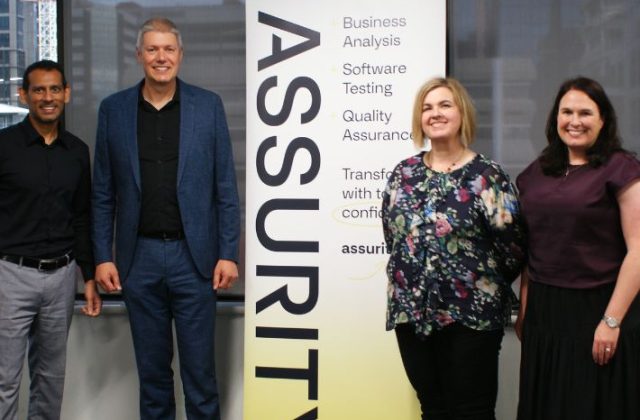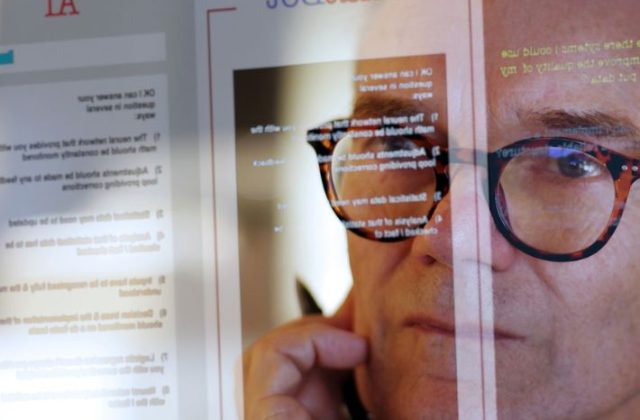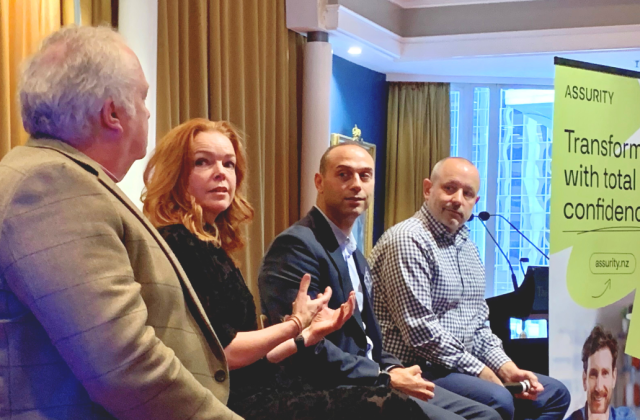Date: 09 June 2020
The roundabout. A well-known phenomenon for any motorist. A road junction where diverse, participating traffic continues to move as a flexible process. At least it should be.
However, it also appears to be one of the biggest irritations for motorists. Something I fully recognise myself. So, the other day, I sat in the car and was about to turn onto a roundabout when I experienced some of that irritation. It made me think about why a roundabout should work so well and why it doesn’t most of the time. It has surprisingly lots in common with an organisation during their agile transformation… it should work but it turns out quite often to be a big frustration.
Roundabout facts
Let’s start by looking into some facts around a roundabout. Research (Churchill et al., 2010) revealed during an evaluation that roundabouts are much safer at intersections. Of the 2000 participating roundabouts constructed between 1999-2005, 76% saw decreases in deaths and 46% in serious casualties. We can therefore say that a roundabout is a lot safer than the traditional road junction.
However, research by Route Mobiel (the Dutch version of AA New Zealand) in 2015 showed that the roundabout is the biggest irritation factor in traffic. How can something that is so safe, cause so much irritation? The answer is quite simple – the user is the one who proves to be the biggest irritation factor. The one driver that does not indicate a direction when leaving the roundabout. The frustration! You turn up at the roundabout, come to a stop because a car is approaching and suddenly the car you have been waiting for takes the exit. Without using the indicators. Pure waste of time and irritation!
The why of a roundabout
As the figures from the aforementioned research indicate, it’s clear that a roundabout provides greater road safety. This is entirely due to the fact that the users of a roundabout adhere to the guidelines. A roundabout only works well if all participants indicate their direction. As soon as there is only one person who doesn’t indicate a direction, irritation already arises. This irritation often results in the driver paying a little less attention and, before you know it, a crash can happen.
The organisational roundabout
A roundabout is a great structure, but the users make it complex. Sounds like an agile transformation to me. Where the frameworks are a great structure in your way of working, but the people make it so complex, it quickly loses its potential to create flow. People get frustrated, create their own rules and guidelines and before you know it, chaos occurs.
This is exactly what I often see happening in organisations that implement an agile change. A new framework is like a roundabout that is implemented without direction. The assumption is that the practices like giving way and reducing speed are being followed without consequences if you don’t. You, as a ‘non-giving-way motorist’ won’t feel the pain of not doing it, but the others on the roundabout will definitely face the consequences.
A situation arises in which all employees, in this case, will determine their own action. Before you know it, the IT department rushes with full speed onto the roundabout. The HR department already on the roundabout hits the brakes to prevent a crash. But their hitting the brakes causes the sales department to crash straight into HR. Squeaky tyres, crashes, irritation and blaming. The roundabout gets clogged. There’s chaos and everything and everyone is delayed.
The guidelines or rules, if you want, are there for a reason. They help to make your life easy, but if you don’t follow them, it has consequences. And most of the time not positive ones. To indicate direction means that motorists understand what’s going to happen. What they can expect and can anticipate themselves in order to stop or slow down. As soon as a motorist doesn’t indicate a direction, it becomes a guessing game. People take action on their own, most of the time to fix their own situation and not take into account someone else’s.
Be critical of your roundabout
An organisation without direction can feel exactly like a non-working roundabout. By indicating direction, people gain an overview. They know what to expect and what they can do themselves to respond to this. Sometimes it’s necessary to re-outline the rules and frameworks – not only for the new people that join your organisation, but also for the ones who have been part of it for over 10 years.
Don’t be fooled by the latter group. Employees who’ve worked for a long time in your organisation have most of the time created their own rules or simply forgot about them. They are sometimes not aware of the innovations, new features or new ways of thinking. Read my previous blog ‘How Batman kills your organisation’ for more.
If you want to get your organisation running like a smooth roundabout, remember the following three things:
- Give direction: This way you avoid irritation, ignorance and own initiative that’s not aimed at the desired outcome
- Set-up rules and guidelines: This way everyone knows what’s expected within the organisation
- Make sure that everyone in the organisation understands the direction and rules, including those who have just started and especially those who have been driving on autopilot or cruise control for some time
If you’d like to know more how to reset your agile transformation or get help in setting a vision and guidelines for it, please get in touch.













